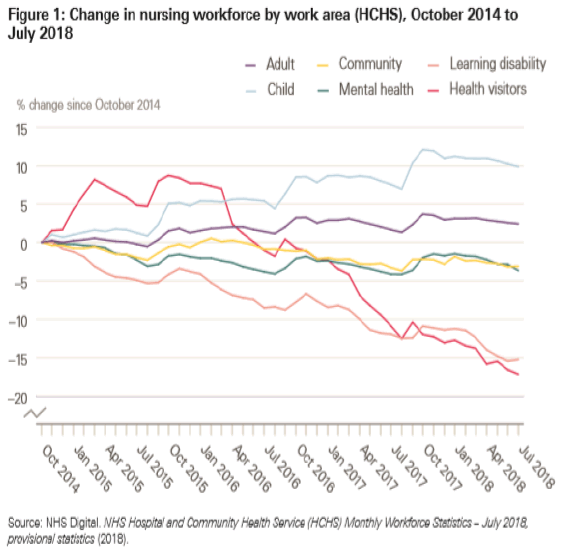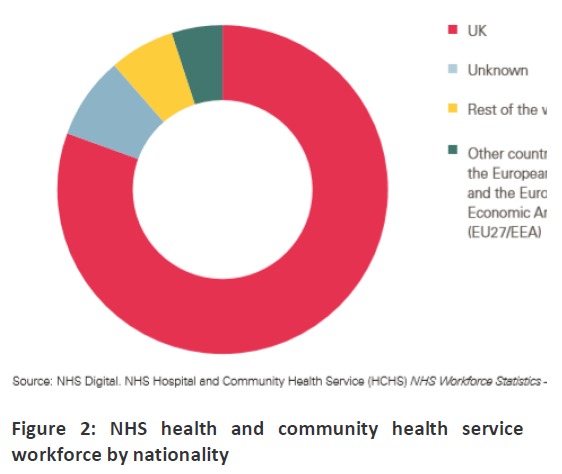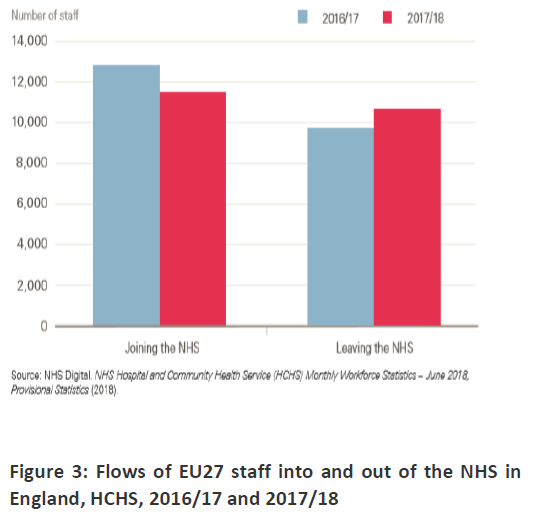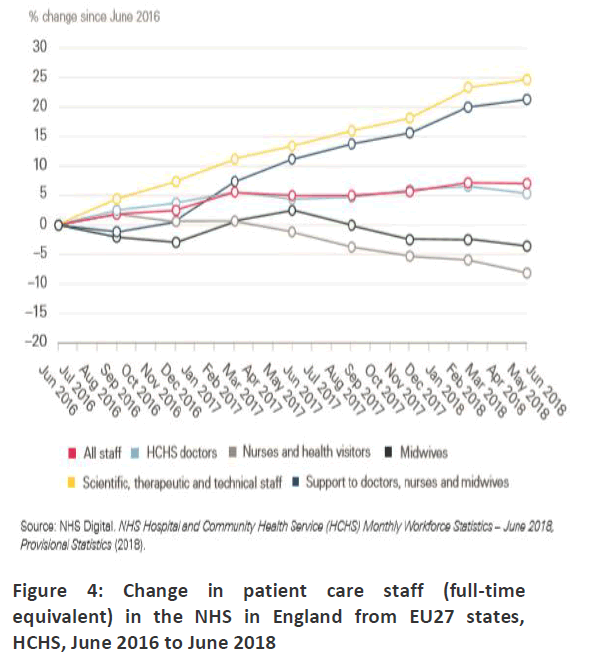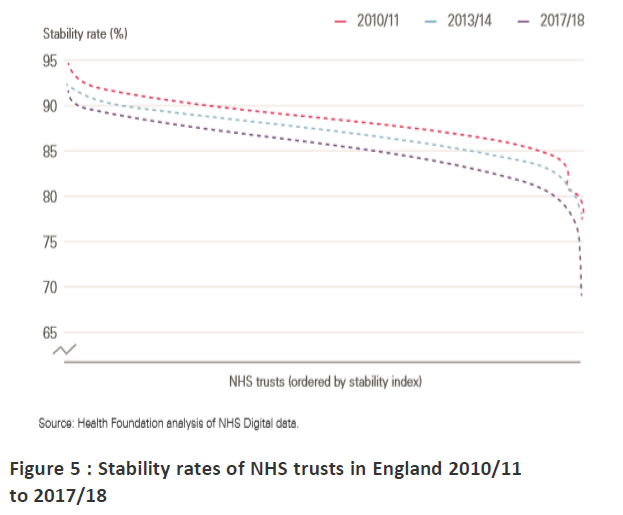Market Analysis on Midwifery and Neonatal Care
Yacob
DOI10.36648/2471-9781.19.5.51
Yacob
Professor, Marma Heatth Centre, Kochi ,Kerala,India E-mail: yacobkm@gmail.com
Market Analysis on Midwifery and Neonatal Care
The market research analysts have predicted the global women’s health market to grow at a CAGR of more than 3% over the forecast period. With many countries improving the healthcare facilities, the market for women’s health will have a positive outlook in the coming years. Many countries have substantially increased their healthcare budgets as a part of their social security measure. For instance, the US government spend 17% of their GDP on the healthcare sector in 2014. With such increases in the budgets by various countries, the women’s health market is expected to show growth until the end of 2020.
In the research report, the analysts have estimated factors such as the growing awareness of birth control methods will spur the growth of this market in the forecast period. Contraception and fertility control are supported by the governments of developing nations such as India and China to curb the growing population. However, in western countries, women have stopped using contraceptive pill due to their side effects and are increasingly using IUDs and implants. Therefore, the increasing awareness about alternative growth methods will aid in the growth of this market until the end of 2020.
Nursing and midwifery Manpower analysis of England
In the year to July 2018, the number of nurses and health visitors has scarcely changed – increasing by less than 0.5% to 282,661 FTE. There are now more than 41,000 qualified nursing and midwifery posts reported vacant in the NHS in England – more than 1 in 10.15 However, the overall picture of stagnation in the numbers masks some wide differences between areas of nursing (Figure 1). For example, while the FTE number of nurses and health visitors in children’s health grew by 2.2%, and in mental health grew by 0.5%, in community services it fell by 1.2%. This fall was driven by a decrease in the number of health visitors negating a small rise in the number of other nurses working in community services.
Over the year to July 2018, the number of midwives has increased by 0.9% (201 FTE), a higher rate of growth than in the previous year, with a total of 21,482 FTE midwives in employment at the end of June 2018.
Overall, about 5.5% (59,197 FTE) of the NHS workforce in England are nationals of other countries of the European Union (EU27) and the European Economic Area (EEA).The largest proportion, 20% (11,984 FTE), are from Ireland. Among nurses and health visitors (6.9%) and doctors (9.6%), EU27 nationals make up a more substantial share.
The most recent data show that, in 2017/18, the number of NHS staff coming from EU27 states has fallen, while the number of staff from EU27 states leaving the NHS has risen (Figure 8). As a result, the net inflow has reduced from just under 3,000 to about 900. However, among nurses and health visitors, the latest figures show a net outflow of 1,687 in 2017/18, compared with a net inflow of 635 in the previous year.
Midwives & Doulas Industry in the US - Market Research Report :US Midwifery Industry Trend
The Midwives and Doulas industry comprises non physician healthcare providers that aid the delivery of babies and care of the mother. Industry operators offer care to childbearing women during their pregnancy, labor and the postpartum period. They may also help care for the newborn through six weeks of age, including assisting the mother with breastfeeding. Industry revenue has grown over the five years to 2019, rising at an annualized rate of 0.7% to $3.3 billion. In 2019 alone, industry revenue is projected to grow 2.8%. Similarly, industry profit margins have increased slightly over the past five years.
April 2019 Labor away: Expanding healthcare coverage will raise demand for industry services
-Total Revenue in 2019- $3bn
-Number of Businesses - 17,246
-Annual Growth 2014-2019 - 0.7%
-Industry Employment - 22,058
Target Audience:
Midwifery 2020 is intended for:
Midwives
Hospital Administrators
Doulas
Nurses
Doctors
Nurse Practitioner
Physician
Community Health Workers
Midwife Nurse Educator
Nurse Researcher
Scientist and Professor
Registered Nurse (Child and Family Health)
Registered Nurse (Community Health)
Registered Nurse (Developmental Disability)
Mothercraft Nurse
Students
Business Entrepreneurs
Training Institutes
Data Management Companies
Software Developing Companies
Medical Devices Manufacturing Companies
List of Midwifery Association:
Aboriginal Nurses Association of Canada
American Nurse Association
Nursing and Midwifery Council
New Zealand Nurses Organisation
Nursing &Midwifery Council United
Royal College of Midwives
Major Midwifery Universities in USA
• Stony Brook University
• Laurentian University
• Frontier Nursing University
• Midwives College of Utah
• Columbia University
• NYU Rory Meyers
• Birthwise Midwifery School
• Nell Hodgson Woodruff
• Birthingway College of Midwifery
Societies in Asia
• Afghan Midwives Association
• Bangladesh Midwifery Society
• Cambodian Midwives Association
• Zhejiang Midwives’ Association (An Affiliate of the Zhejiang Nurses’ Association)
• AssociaÒ«ão das Parteiras de Timor-Leste
• Hong Kong Midwives Association
• Society of Midwives of India
• Ikatan Bidan Indonesia | Indonesian Midwives Association
• Japanese Midwives Association
• Japan Academy of Midwifery
• Japanese Nursing Association, Midwives' Division
• Korean Midwives Association
• Sarawak Midwives Association
• Mongolian Midwives Association
• New Zealand College of Midwives
• Midwifery Association of Pakistan
• Sri Lanka Nurse Midwives Association
• Taiwan Midwives Association
• Vietnamese Association of Midwives
Societies in World Wide
• National Association of Certified Professional Midwifes (US)
• Association of Women's Health, Obstetric and Neonatal Nurses (AWHONN) (US)
• American Health Care Association
• Australian Nursing Federation
• Academy of Neonatal Nursing (US)
• European Midwives Association
• Danish Association of Midwives
• Estonian Midwives Association
• Federation of Finnish Midwives
• Midwives Association of Georgia
• Icelandic Midwives' Association
• Norwegian Nurses Association
• Swedish Association of Midwives
• Austrian Midwives Association
• Association of Radical Midwives
• Nurses and Midwives Association of Slovenia
• Polish Midwives Association
• Czech Confederation of Midwives
• Société Française de Maïeutique
• German Midwives Association
• The Society of Midwives of South Africa
• Ethiopian Midwives Association
• Uganda Private Midwives Association
• Association Nationale des Sages Femmes de Madagascar
• Birmingham University Midwifery Society
• Bournemouth Midwifery Society
• University of Bradford Midwifery Society
• Brighton Midwifery Society
• Cardiff Midwifery Society
• UCLan Midwifery Society
• LJMU Midwifery Society
• University of Chester Midwifery Society
• CCSU Midwifery Society
• CULSU Midwifery Society
Global market for Women’s Health:
The global market for women’s health therapeutics will grow from nearly $33.0 billion in 2015 to nearly $40.6 billion by 2020, with a compound annual growth rate (CAGR) of 4.2% for the period of 2015-2020.
The infertility treatment devices market is expected to reach USD 3,698.92 Million by 2020 from USD 1,822.32 Million in 2015, at a CAGR of 15.21%. Infertility treatment devices are used in assisted reproductive technologies (ART) like in vitro fertilization, intracytoplasmic sperm injection, and surrogacy for the treatment of infertility.
-
6th World Congress on Midwifery and Neonatal Care
Zurich, Switzerland
Open Access Journals
- Aquaculture & Veterinary Science
- Chemistry & Chemical Sciences
- Clinical Sciences
- Engineering
- General Science
- Genetics & Molecular Biology
- Health Care & Nursing
- Immunology & Microbiology
- Materials Science
- Mathematics & Physics
- Medical Sciences
- Neurology & Psychiatry
- Oncology & Cancer Science
- Pharmaceutical Sciences
